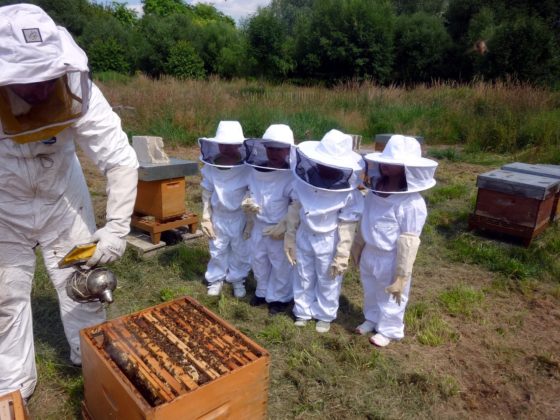SEVEN yellow-faced bee species that are native to Hawaii now have to be protected under the Endangered Species Act after the US Fish and Wildlife Service concluded they’re under serious threat because of habitat loss, pesticides, wildfires, and loss of genetic diversity.
Putting the bees on the endangered list allows authorities to get funding for protection and recovery programs, which is great. But here’s some things you can do on a grassroots level with your kids to help protect the bees.
